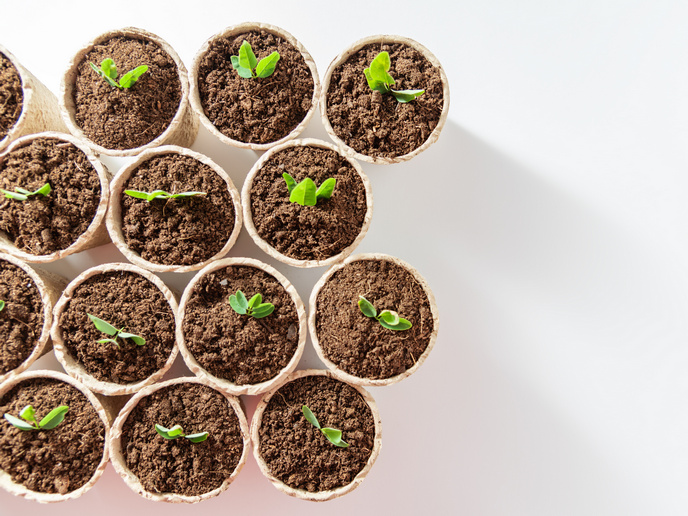Catching up with PlanticsInside: Continuing the battle against plastic pollution with biodegradable plant pots
PlanticsInside(opens in new window) was launched in 2019 to play a part in Europe’s efforts to tackle microplastic pollution and reduce its reliance on fossil fuels. With its focus on plastic plant pots and their substantial contribution to plastic waste in the EU, the project set out to bring to market a new bio-based and biodegradable plant pot that could replace the toxic fossil-based plastic plant pots available today. The paper pots coated with the unique Plantics resin would be put in the ground with the plant and decompose in a similar way to organic waste. Over the course of 4 years, Plantics built a flexible demonstrator plant capable of producing around 6 million pots made of paper and bioresin each year. In the two years since the project ended, the project coordinator has continued efforts to upscale the plant. Improvements to the demonstrator plant have been achieved in a number of areas. The curing process the pots undergo after coating has been automated by installing a conveyor belt in the oven. This has helped to improve production capacity and ensure quality consistency. The installation of an automated pot stacking station after extraction from the oven has also helped to reduce manual labour. “It still remains a pilot line, but all additions illustrate that scaling to industrial set-up is feasible,” comments Leo Kruit, Plantics director of business development.
Plans for durability
Plantics is also planning an automated system to apply an antifungal additive. The additive will enable the pots to retain their properties for lengthier periods of time, for crops that require a longer growth period. Other ways have also been identified to prolong the durability of the pot to match the required growth processes. These include modifying the characteristics of the applied resin, the quality of the paper used to make the pot and the curing conditions after coating. The design and dimensions of the pots – which Plantics is marketing under the brand name DOPA – are determined by the type of crop and the automated systems such as pot-filling machines and irrigation set-ups in use by greenhouses, nurseries and other growers. “We intend to use a pot design that works with as many crops and automated systems as possible, but ultimately the market requires a wide range of DOPA plant pots,” states Kruit. Thanks to EU funding through the PlanticsInside (The first biodegradable thermoset biopolymer to replace single-use plastics) project, the company has been able to develop and run multiple trials to achieve the best coating and coating process for the paper pots. EU support has also made it possible to design the pilot line and optimise pot design and properties. This will lead to a workable solution for retailers and growers, helping them to gradually phase out 10 billion mostly single-use plastic plant pots. “It goes without saying that without EU funding, all of this would not have been possible,” concludes Kruit. The ‘Life After’ feature shines a light on finished EU-funded projects and what they have achieved since the end of EU funding. If you are interested in having your project featured as a ‘Life After’ project, please send us an email to editorial@cordis.europa.eu and tell us why!



